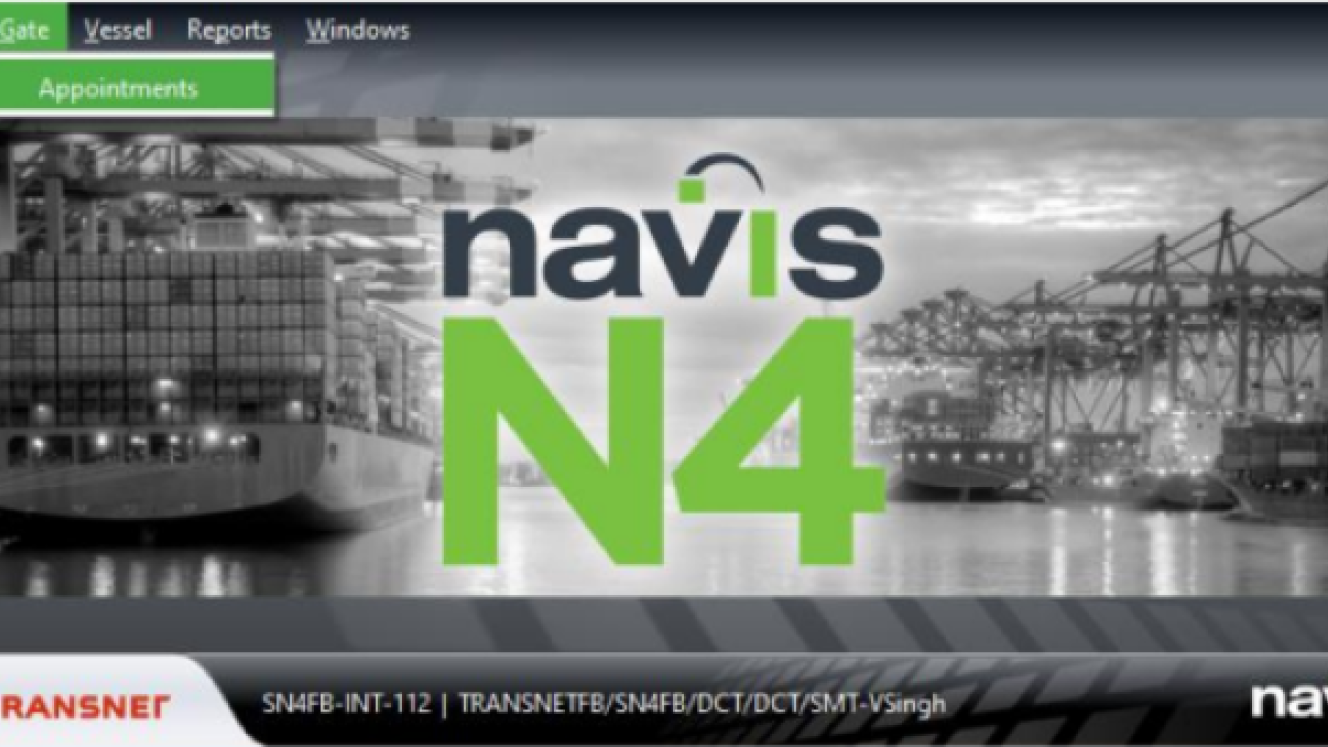The truck booking system used by Transnet to award slots to land-side harbour carriers accessing the country’s ports should be reviewed as a matter of urgency, freight industry leaders have said in response to an exposé about the Port of Cape Town on Carte Blanche on Sunday night.
The Navis system, long derided by transporters for causing the kind of waiting time that has forced some operators out of business, was signalled as a main cause of slow container movement at the port and deserving of critical re-evaluation.
Dr Juanita Maree, CEO of the South African Association of Freight Forwarders, agreed that Transnet should accept that something is wrong with the system.
“I think we should go back to what is best practice,” she said when asked if it’s not time for renewed analysis of the system.
“I think it’s possible to simplify the process and build efficiency into the system. We should look at what big data analytics is showing us. How can we improve on truck movement and container evacuation?”
She said there was no doubt that the booking system as it stands could be improved.
“Of course, it’s important to have a system whereby slots are awarded to transporters. But we need to improve on the current system.”
But not everyone is as flattering as Maree about the current situation at the port where, apart from the Navis system, serious congestion is often caused by transporters who are so desperate to receive slots that they enter the port precinct without appointments.
As a result, they hold up those operators who have slots.
Derick Ongansie, who heads up the SA Transport Alliance (Sata) and was interviewed by Carte Blanche about truck congestion at the port, said: “They (meaning Transnet), are killing us.
“We have approached them more than once about the truck booking system but they won’t listen. I don’t think they care. Their real clients are the shipping lines and we must just carry on. In the meantime, we’re suffering because of a system that’s not working for us.”
He said apart from the system, Transnet’s real problem was equipment.
“They don’t have enough rubber-tyred gantry cranes to move enough boxes fast enough. We wait for boxes to be offloaded on the waterside and then we wait to collect on the landside. When operators do get slots to collect they can’t get through the traffic in time to honour their slots.”
Ongansie added that the Navis system run by Transport Port Terminals (TPT) and port proprietor Transnet National Ports Authority, allowing trucks carte blanche access to the port, with or without slots, had created a recipe for a tangle of trucks that was not conducive to trade facilitation.
“Every day it’s the same fight – our trucks against Transnet’s failure to help us.”
Customs liaison officer at freight forwarder Berry & Donaldson, Clifford Evans, said there was no denying that there had been some improvement at the port, where wind-bound disruption played havoc with cargo movement last week.
“But the port is not being run as it could be,” and referring to the Carte Blanche report (read related post), he said Transnet was not admitting to all their problems. Yes, the wind is not their fault but they’re not recovering from weather events like they were once capable of.
“Equipment is breaking down too often and the truck booking system is a major problem. That it’s not efficient is well known. You can drive past the port on any day of the week and you will see a queue of trucks.
“If movement at the port is improving, why are we still seeing five-kilometre-long queues of trucks.”
The Navis system has also come under fire at the Port of Durban, where several pressure groups—Durban Harbour Carriers, Positive Freight Solutions, and Concerned Transporters—have echoed Sata’s criticism of TPT’s booking system.
- Due to time constraints and right-of-reply delays, Transnet was not approached for comment.













